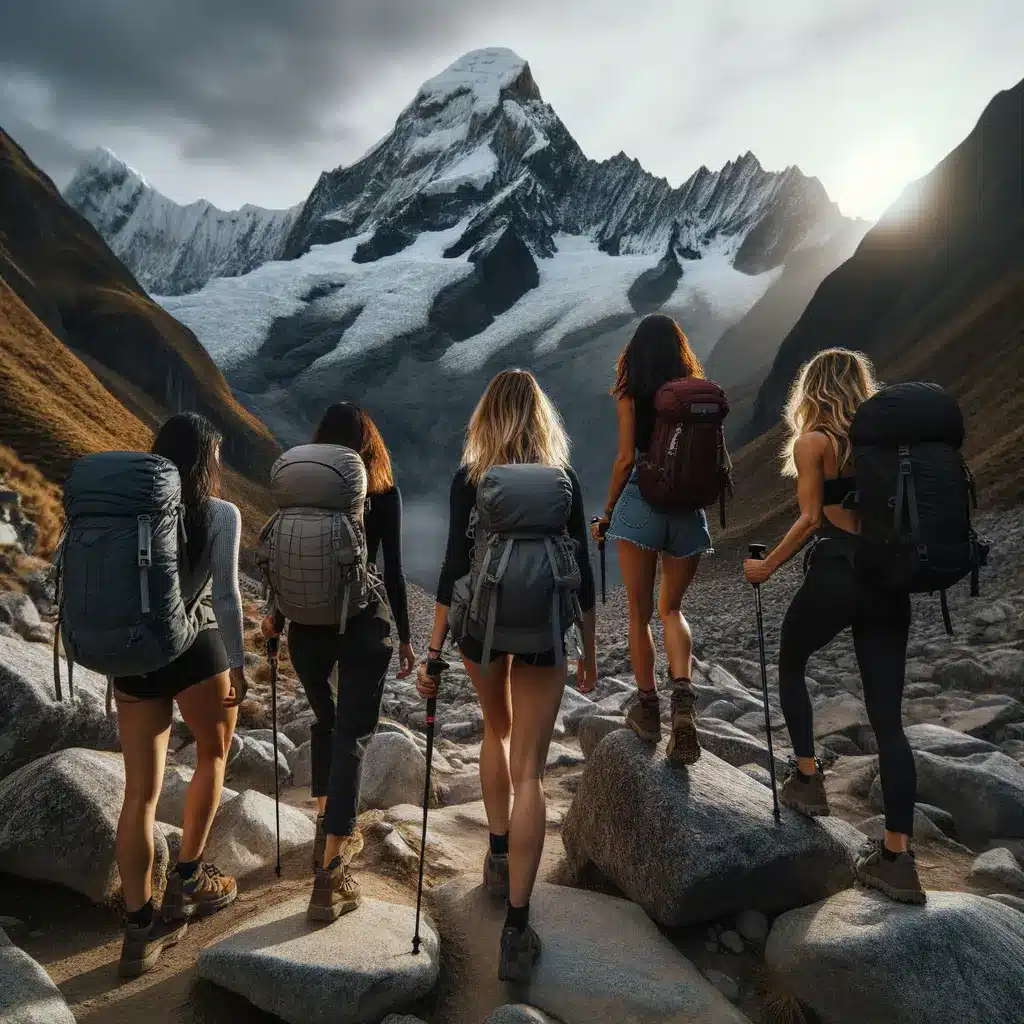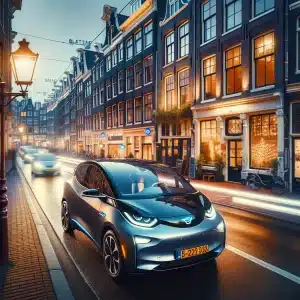Why Travel Trends 2025 Are Redefining How We See the World
If you feel like the world has suddenly opened up in exciting new ways, you’re not alone. According to industry analysts, search volume for “travel trends 2025” is up more than 40 % year-over-year, a clear sign that globetrotters are ready for something fresh. From sky-focused escapes to culture-soaked weekends, the coming year promises to replace checklist tourism with deeper, more experiential journeys. In this introduction we’ll preview the movements shaping your next getaway and explain why they matter.
First, travelers are demanding authenticity. Seventy-two percent of respondents in Skift’s recent survey said they’d pay more for “meaningful moments” over luxury amenities. That insight is driving the rise of slow travel and niche experiences like astro tourism. Second, tech advances—think AI-powered itinerary apps and eSIM connectivity—are making once-remote areas more accessible than ever. Finally, a shift toward sustainability is encouraging people to spend longer in one place, support local guides, and choose transportation with a lighter carbon footprint.
Throughout this guide you’ll see how travel trends 2025 intersect with practical planning. We’ll highlight real destinations mentioned by travel journalist Jennifer Broome—such as Tucson’s certified dark-sky zones and Mexico’s unexpected vineyards—while weaving in expert tips. Looking for more ideas? Check out our article on sustainable packing and our roundup of the best travel credit cards to maximize points before you book.

Astro Tourism: The Brightest of the Travel Trends 2025
One of the most talked-about travel trends 2025 is astro tourism, the practice of choosing a destination specifically for its pristine night skies. Tucson, Arizona, mentioned in the video, sits at the epicenter of this movement. The city is the first in the world to launch a formal Astro Trail, linking Mount Lemmon SkyCenter, Kitt Peak National Observatory, and Saguaro National Park’s certified dark-sky zones. Thanks to strict lighting ordinances, visitors can see the Milky Way with the naked eye—no space-age effects required.
A typical three-day itinerary might begin with a sunset hike among the towering saguaro cacti, followed by a guided telescope session on Mount Lemmon where astronomers help you capture long-exposure photos. Day two could include a tour of the University of Arizona’s Richard F. Caris Mirror Lab to witness how giant telescope mirrors are crafted. Round things off with a stargazing dinner at local favorite Cactus Moon Ranch, where red LED lanterns keep light pollution at bay.
The appeal stretches beyond Arizona. Iceland’s Westfjords, Chile’s Atacama Desert, and even Scotland’s Isle of Skye have all reported double-digit booking increases for dark-sky excursions. If you’d like to pair your starry escape with sustainability, read our guide to eco-friendly gear that won’t interrupt sensitive nocturnal habitats.

Female Solo Adventure Travel: Empowering Expeditions
Female solo travel has grown by 32 % in the past two years, and 2025 will see that surge evolve into true adventure—think high-altitude treks, multi-day bikepacking routes, and small-group expeditions led by women. Jennifer Broome’s all-female trek on Peru’s lesser-known Salkantay Trail is a perfect case study. Unlike the crowded Inca Trail, the Salkantay route winds past 20,000-foot peaks, glacier-fed lagoons, and remote Quechua villages before finishing at Machu Picchu. Partnering with Indigenous-owned operators such as Apus Expeditions not only supports local economies but also provides culturally rich storytelling along the way.
Safety remains the top concern. Modern tools—Garmin inReach satellite communicators, e-SIM data plans, and apps like TripWhistle—allow soloists to maintain reliable contact. Meanwhile, organizations such as Women Who Trek and SheFari curate vetted itineraries that match travelers by fitness level and interest, turning “solo” into “selective community.”
Practical tip: Pack multi-use technical layers to handle Andean microclimates and a compact water filter to cut down on single-use plastic. For more destination ideas, see our deep dive on the world’s best national parks for hiking.
After this section is the perfect spot to embed the original YouTube video so readers can hear Jennifer’s first-hand accounts while planning their own empowered escape.
Slow Travel: Savoring Bucket-List Destinations at Your Own Pace
Slow travel is hardly new, but in the context of travel trends 2025 it has shifted from extended workcations to immersive stays at iconic sites. Take Victoria Falls, straddling Zimbabwe and Zambia. Instead of a rushed photo-op, travelers now allocate a full week to explore. Day one might feature a sunrise walking tour along Knife-Edge Bridge; day two a helicopter flight over the Zambezi River; day three a guided safari at nearby Elephant Camp, located within the Wild Horizons Wildlife Sanctuary just 20 minutes from town.
Longer stays yield benefits beyond relaxation. A study by the Adventure Travel Trade Association found that travelers who spend five or more nights in a single region inject 65 % more revenue into local communities compared with traditional tour-bus visitors. Environmentally, fewer transfers mean a smaller carbon footprint—a win-win.
To adopt slow travel, build in buffer days, choose locally owned lodges, and embrace multi-modal transport like short scenic rail journeys or e-bike rentals. Apps such as Rome2Rio and Skyscanner’s “Greener Choice” filter help identify low-impact routes. For cultural context, browse our feature on responsible wildlife encounters before booking that walking safari.
Most importantly, remember that slow travel aligns beautifully with the overall mindset behind travel trends 2025: trading quantity for quality and forging genuine connections.

Unexpected Wine Tourism in Mexico: A Flavorful Trend to Watch
When people think of Mexican beverages, tequila and mezcal usually top the list. Yet one of the most refreshing travel trends 2025 is the rise of wine tourism Mexico, particularly around San Miguel de Allende in Guanajuato state. Warm days and cool high-desert nights create near-perfect conditions for Syrah, Tempranillo, and even sparkling brut.
Start at Viñedo San Lucas, where 200 acres of vines sit alongside lavender fields and olive groves. A typical tasting experience includes a cellar tour, vertical sampling of estate reds, and a farm-to-table lunch featuring huitlacoche risotto. Continue to Tres Raíces for a modern architectural contrast—its concrete barrel room doubles as an art gallery spotlighting local painters.
Beyond the vino, San Miguel offers colonial-era streets, rooftop cantinas, and safety ratings that rival most U.S. cities. Pair a vineyard visit with a morning hot-air balloon ride over the Parroquia de San Miguel Arcángel for an Instagram-worthy start to the day. If you collect loyalty points, note that several boutique properties here partner with major hotel programs, making this an easy add-on using points accrued from other travel trends 2025 adventures.
Curious about other under-the-radar food spots? See our recent post on emerging culinary capitals where you can eat like a local without breaking the bank.

Planning for Travel Trends 2025: Practical Tips and Takeaways
As we wrap up, let’s recap the key travel trends 2025 and outline actionable steps to make them part of your itinerary.
• Prioritize purpose: Decide whether your next journey is about astro tourism, female solo adventure, or wine discovery—then structure everything around that core theme.
• Budget smarter: Use a mix of cash-back credit cards for day-to-day spending and transferable-point cards for long-haul flights. Our related article on award-booking strategies can help you stretch miles further.
• Book early, stay longer: Dark-sky lodging near Tucson and lodges around Victoria Falls now see peak-season occupancy three months sooner than in past years. Lock in accommodations and consider shoulder-season dates for better rates.
• Pack light, pack right: Technical layers suitable for altitude changes, a red-lens headlamp for night tours, and a reusable filter bottle support both comfort and sustainable goals.
• Embrace community: Whether it’s joining a women-led trekking group or chatting with vintners in Guanajuato, authentic interaction remains the heartbeat of every trend discussed.
Ultimately, travel trends 2025 celebrate depth over breadth, urging us to connect with the night sky, local cultures, and even our own sense of adventure. Start mapping out your next journey today—and remember, the best trip is the one that leaves both you and your destination better than you found it.







